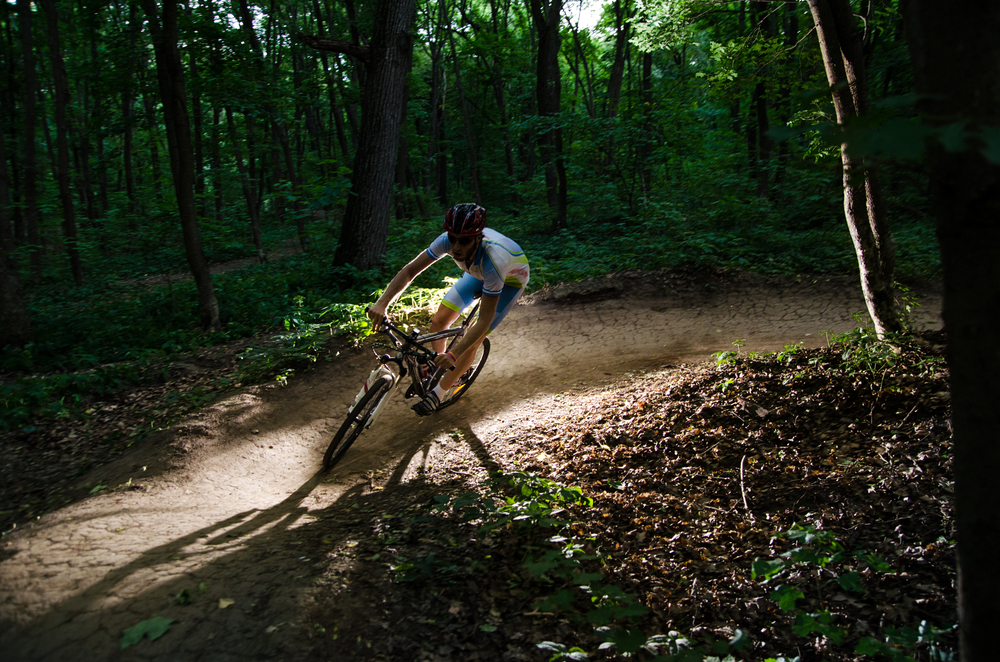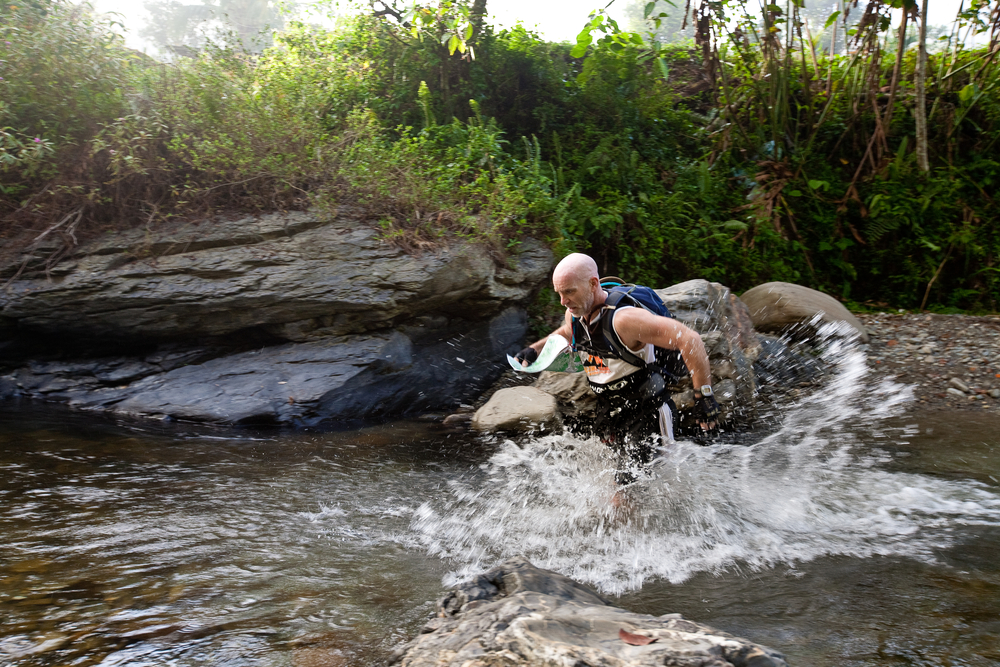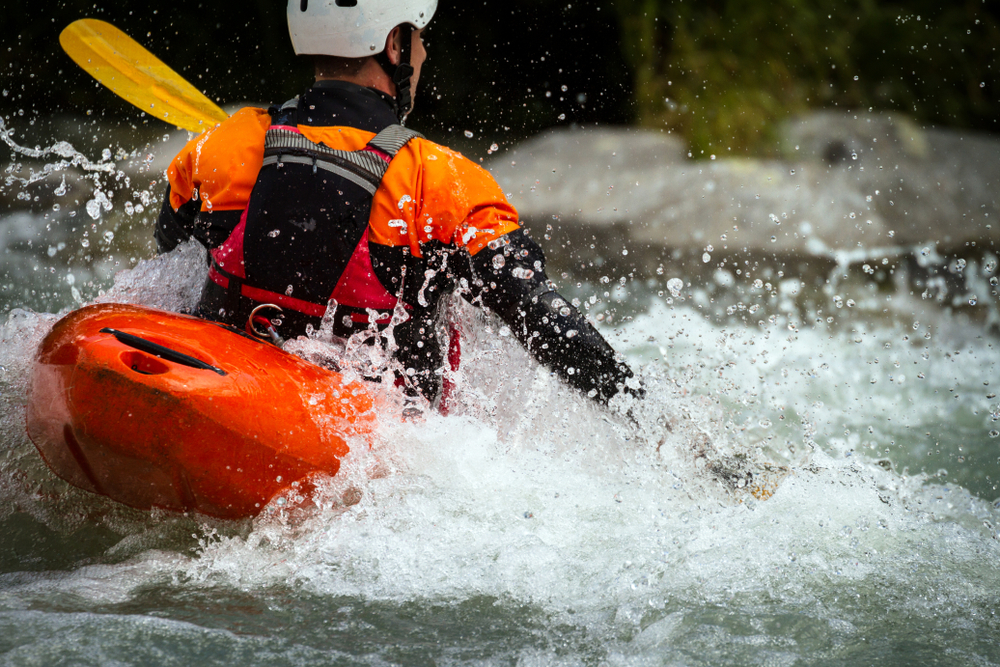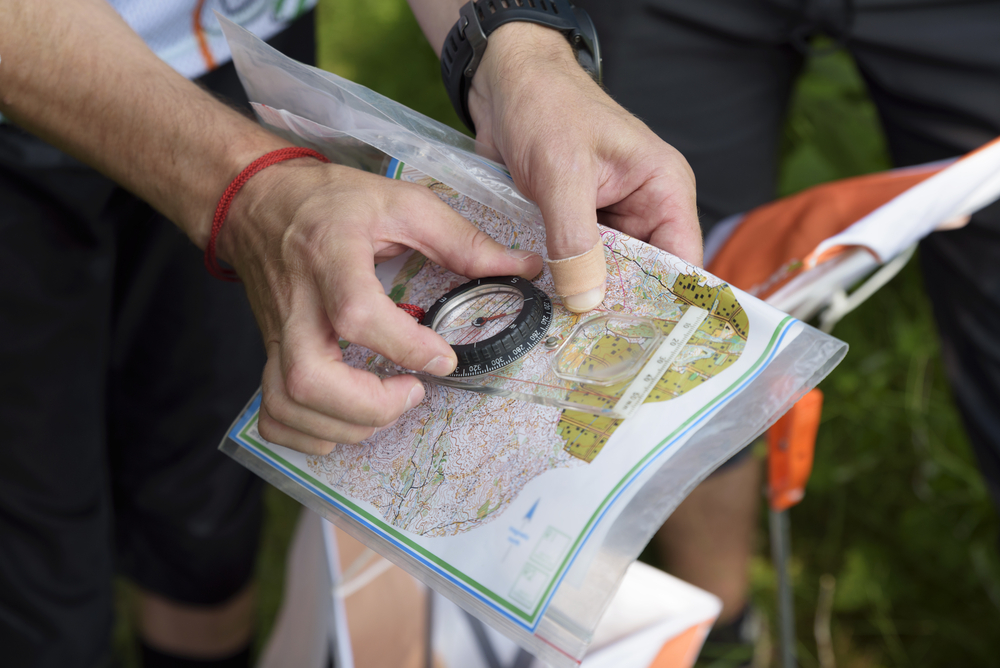Adventure racing is an extreme endurance competition in which teams navigate through the wilderness. By using multiple modes of transportation and careful navigation, those teams race through rugged terrain.

If you are unfamiliar with this intense form of racing, this article will guide you through all you need to know. Read on to learn what adventure racing is all about.
How did Adventure Racing Start?
There is some debate over when and where adventure racing first began. Human beings have faced the challenge of traveling in challenging environments for thousands of years. But the modern form of adventure racing is a recent occurrence.
Some claim that the origins of adventure racing lie in a 1968 Karrimor International Mountain Marathon. Others point to the 1980 Alpine Ironman in New Zealand.
Either way, the first official adventure race took place in 1982. For that event, the Alaska Mountain Wilderness Classic was a week-long and covered a 150-mile distance.

Adventure Racing Types
Within the current form of adventure racing, there are several different race types. Below are some of the most common races in which adventure race teams compete.
Expedition
Expedition adventure races last for multiple days during which teams must travel significant distances. Today, there are teams from around the world who compete to qualify for the Adventure Race World Championship.
Elite
As with many sports, adventure racing included competitions for racers of varying skill levels. Only the most skilled and experienced adventure racers can compete in elite adventure races. These racecourses travel across the most demanding landscapes and can last for more than a day.
Sport
Sport adventure racing is a bit less complicated than elite adventure racing, but it is still very strenuous. Rather than going for a specific distance, sport adventure racers work against a set time limit to reach as many checkpoints as they can. Most of these races take place on foot but can involve biking and paddling as well.
Sprint
While there is no such thing as an easy adventure race, the sprint format is the easiest of the bunch. These races last for no more than an hour and a half, making them ideal for novices. Unlike other race formats, the sprint includes course markers to help with navigation.
Adventure Racing Skills
Completing an adventure race is no small feat. To do so, your team must work together and utilize a wide range of skills. You must not only find your way to the finish but also do so while traveling by several different means. Below are some of the most common ways that a team will travel across an adventure racing course.
Mountain Biking
Many adventure races have biking portions. In those segments, racers will use their offroad bikes to traverse mountainous areas.

Trail Running
Trail running is another common means of transportation during an adventure race. In fact, some of the easier race types take place entirely on foot.

Paddle Sports
There is no limit to the type of land you must confront during an adventure race. And at times, you won’t be traveling by land at all. Many adventure races require competitors to cross bodies of water to complete the race. To do so, racers use skills from different paddling sports. Here are some of the ways that adventure racers navigate water during their competitions:
- Kayaking
- Canoeing
- Rafting
- Tubing
Much like in a triathlon, adventure racers must be ready to adapt and alter their mode of transport as the situation demands. Crossing water by one of the above means is just one of many challenges involved in a standard race.

Navigation
If those several modes of transport weren’t daunting enough, there is another element of adventure racing that makes the sport even formidable. In most cases, an adventure racecourse is unmarked.
Without a clear visual guide, adventure racers need to use their own abilities to find their way. Generally, there are two main ways of traversing an adventure racing course:
- Navigation
- Orienteering
While in a general sense, these terms have a similar meaning, in the context of adventure racing, there is a distinction. When orienteering is involved, racers are allowed to use an orienteering map. When the race calls for navigation, they do not use a map.

Orienteering maps include a set of symbols that help those using them to identify and deal with different features of the landscape. These symbols follow standard international specifications. That system allows anyone in the world who understands orienteering to use an orienteering map. Here are some of the common symbols that an orienteering map includes:
- Black symbols: rocks and manmade features
- Brown symbols: significant landforms
- Blue: water features
Those symbols and more help racers complete one of the essential adventure racing tasks. But while navigation is important at the highest levels of adventure racing, some of the lower level racing formats do not require that skill.
How Long Are Adventure Races?
Some adventure races call for teams to cover a specific distance. But it is more common for these events to be time-based.
Adventure races do not have a set course. Instead, they often consist of a series of checkpoints. Each team will move from checkpoint to checkpoint as they see fit.
The goal of many adventure races is to reach as many checkpoints as possible in the time allotted. That time frame can be anywhere from two hours to ten days.
For beginners, it is far more common to race for a set period of time. That way, less-experienced racers know what they are getting into. Within a time frame of a few hours, those beginner racers will earn points for each checkpoint they reach.
Additionally, some races combine both time and distance. These adventure races will establish a maximum distance for the course as well as a time limit for completion.
In an alternative format, an adventure race will consist of multiple stages. Rather than racing non-stop, teams get the chance to complete individual legs of the race then rest in between.

